Optimal Timing for Rotted Wood Repairs
Timing is essential for effective Rotted Wood Repairs. The optimal season depends on climate conditions, with dry and mild weather being ideal for repairs. Performing repairs during these periods ensures materials cure properly and reduces the risk of further damage caused by moisture or temperature fluctuations.
Spring offers moderate temperatures and lower humidity, making it suitable for Rotted Wood Repairs before peak summer heat.
Summer can be challenging due to high temperatures and humidity, which may affect the curing process of repairs.
Fall provides cooler, dry conditions ideal for completing repairs before winter weather sets in.
Winter weather, especially in colder climates, can hinder repairs due to moisture and freezing temperatures.
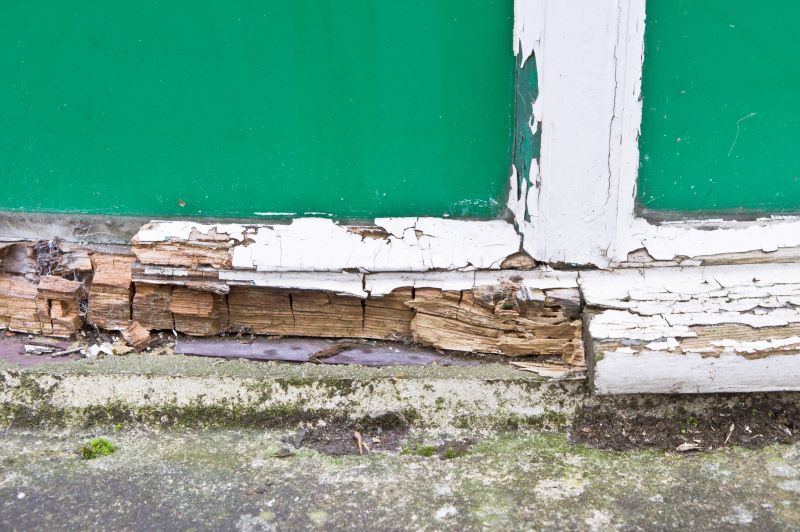
Ways to make Rotted Wood Repairs work in tight or awkward layouts.

Popular materials for Rotted Wood Repairs and why they hold up over time.
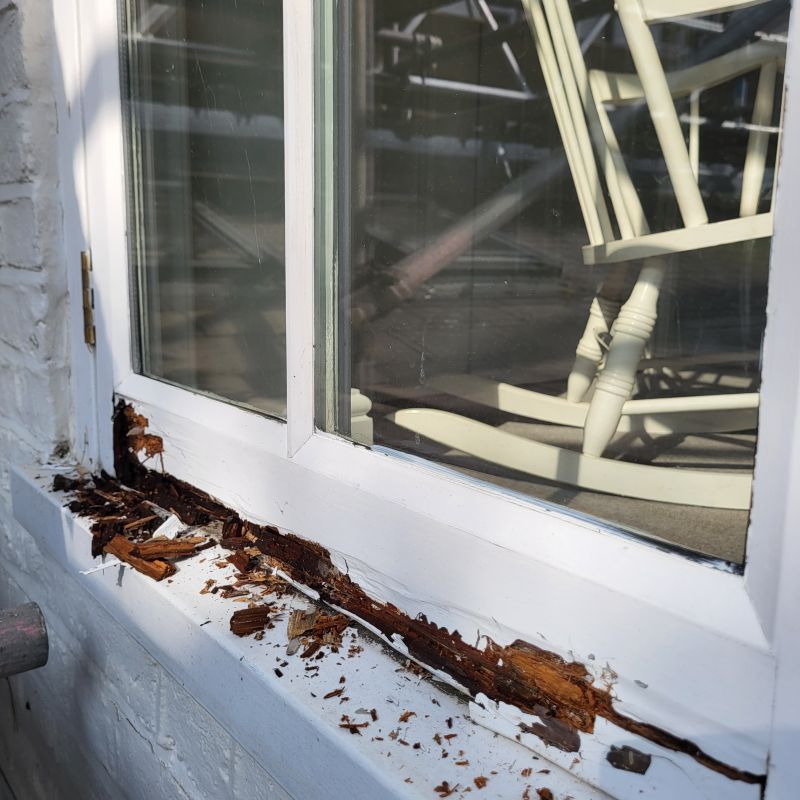
Simple add-ons that improve Rotted Wood Repairs without blowing the budget.
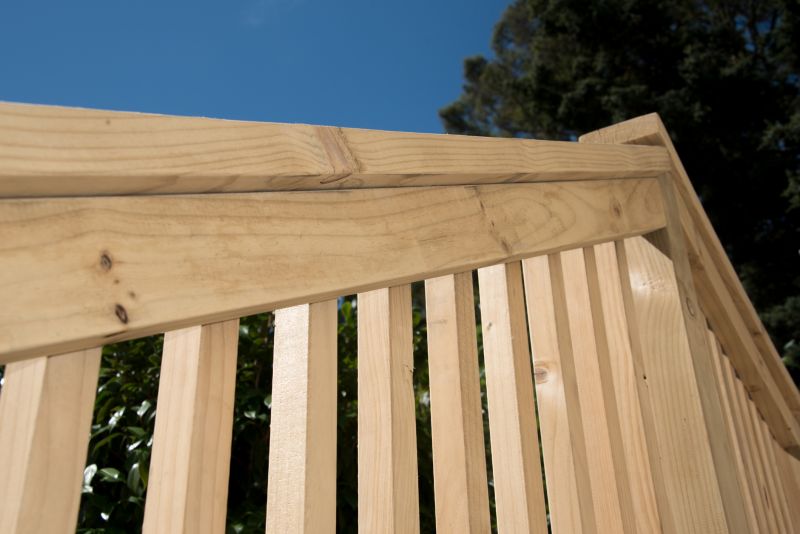
High-end options that actually feel worth it for Rotted Wood Repairs.

Finishes and colors that play nicely with Rotted Wood Repairs.

Little measurements that prevent headaches on Rotted Wood Repairs day.
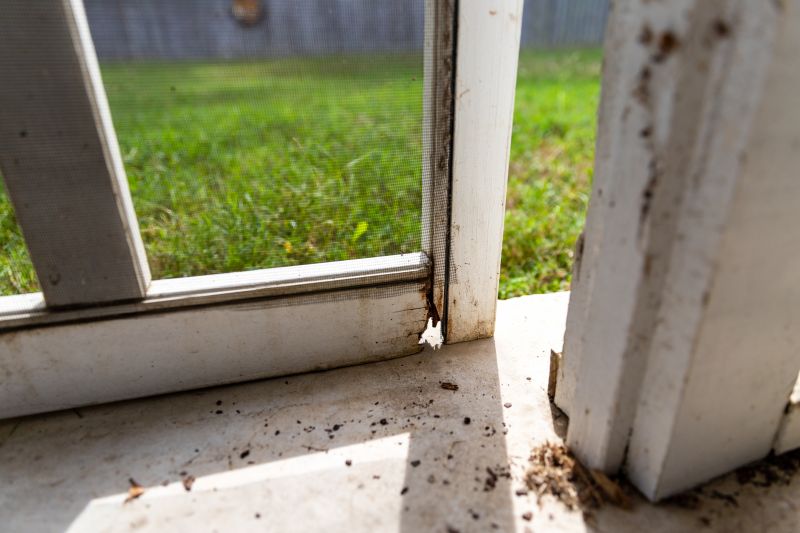
A 60-second routine that keeps Rotted Wood Repairs looking new.

A frequent mistake in Rotted Wood Repairs and how to dodge it.
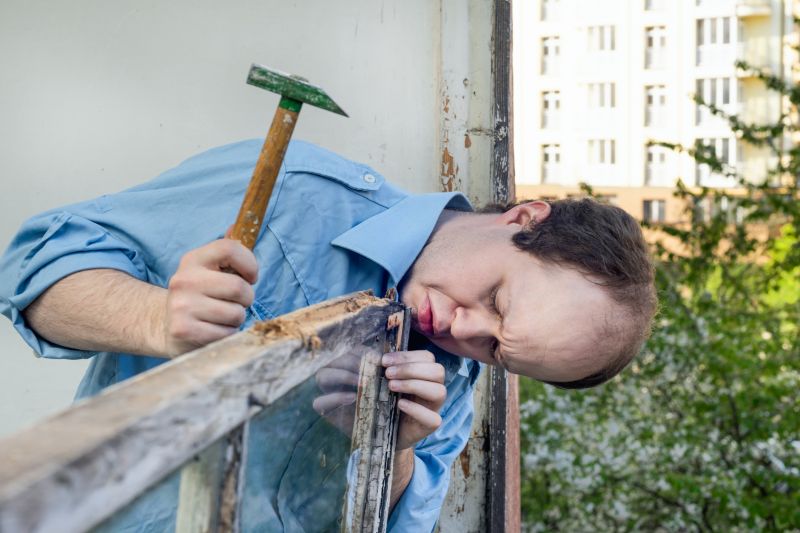
Small tweaks to make Rotted Wood Repairs safer and easier to use.
| Season | Advantages |
|---|---|
| Spring | Moderate temperatures and low humidity facilitate repairs. |
| Summer | Long daylight hours can allow for extended work periods. |
| Fall | Cool and dry conditions are ideal for completing repairs. |
| Winter | Cold and moisture hinder effective repair work. |
Rotted wood repairs are critical for maintaining the structural integrity and appearance of buildings. Moisture exposure is the primary cause of wood rot, often resulting from leaks, poor drainage, or inadequate ventilation. Statistics indicate that untreated wood rot can lead to significant structural damage, with some cases requiring extensive replacement of framing and support elements. Proper timing of repairs ensures that materials are applied under optimal conditions, increasing longevity and effectiveness.
Performing Rotted Wood Repairs during suitable weather conditions minimizes the risk of future damage. It is recommended to schedule repairs when humidity levels are low and temperatures are stable. This approach not only enhances the quality of the repair but also reduces labor costs by preventing delays caused by adverse weather. Regular inspections can help identify rot early, allowing repairs to be scheduled at the most advantageous times.
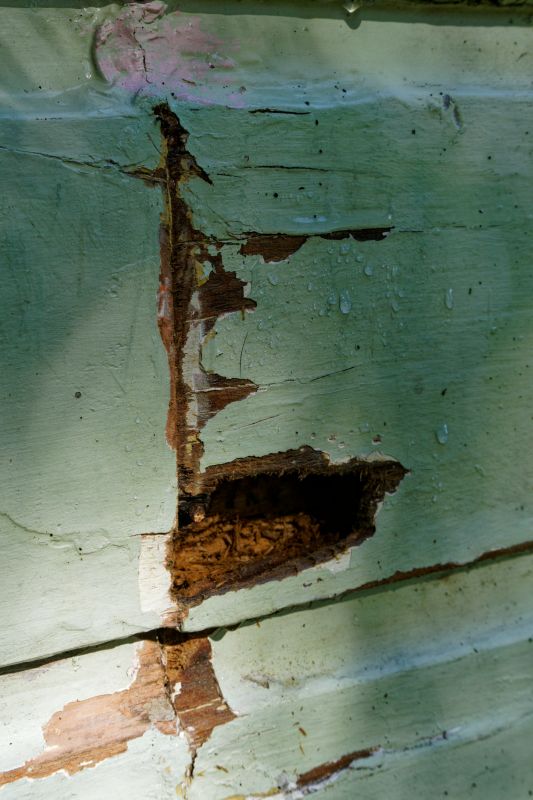
Lower-waste or water-saving choices for Rotted Wood Repairs.
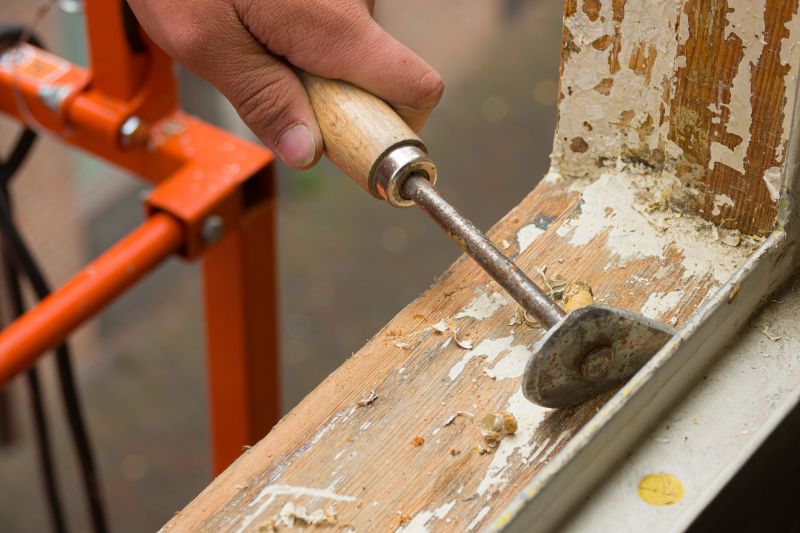
The short, realistic tool list for quality Rotted Wood Repairs.

Rough timing from prep to clean-up for Rotted Wood Repairs.

Quick checks and paperwork to keep after Rotted Wood Repairs.
Interested in Rotted Wood Repairs? Filling out the contact form can provide additional information and assistance in planning repairs during the most suitable season. Proper timing and execution are essential for long-lasting results and maintaining the safety and appearance of the property.
